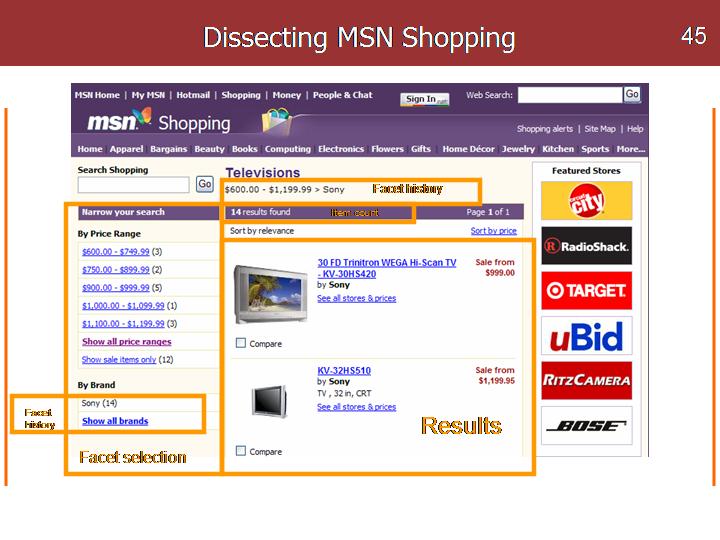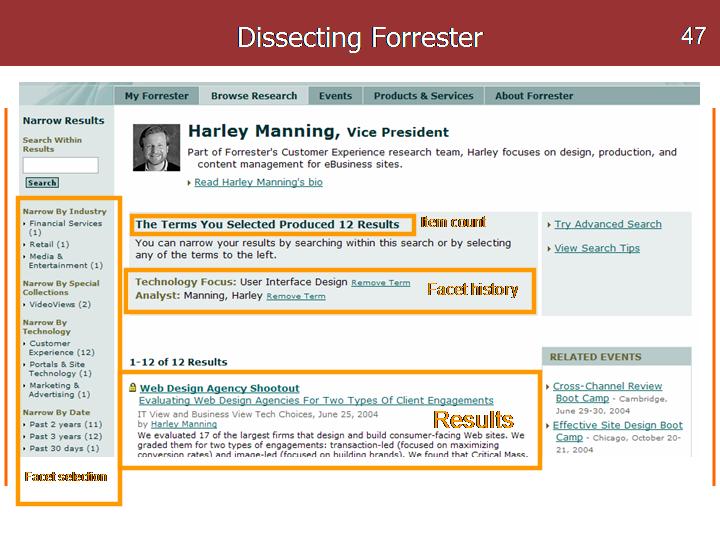- World Usability Day 2016
- When User Experience Becomes Mission Critical
- Project Management & UX
- UX Shop Talk
- IVLA 2014 Conference talk
- Visual Literacy & User Experience
- UX Tips Toledo region conference, April 24
- User Experience Research-Practice Interaction
- UXRPI at Connecting Dots
- UX Career Development








Recent comments